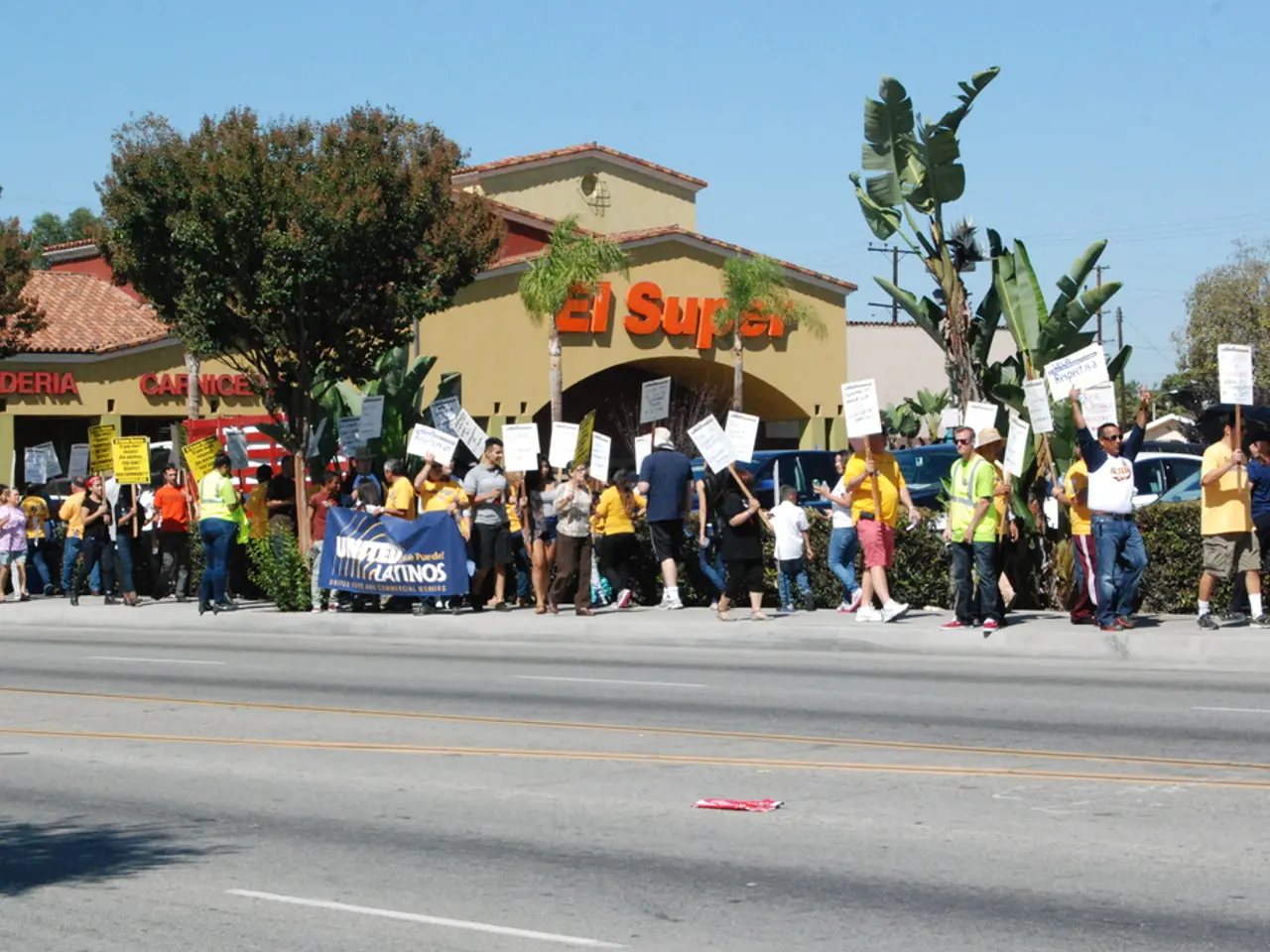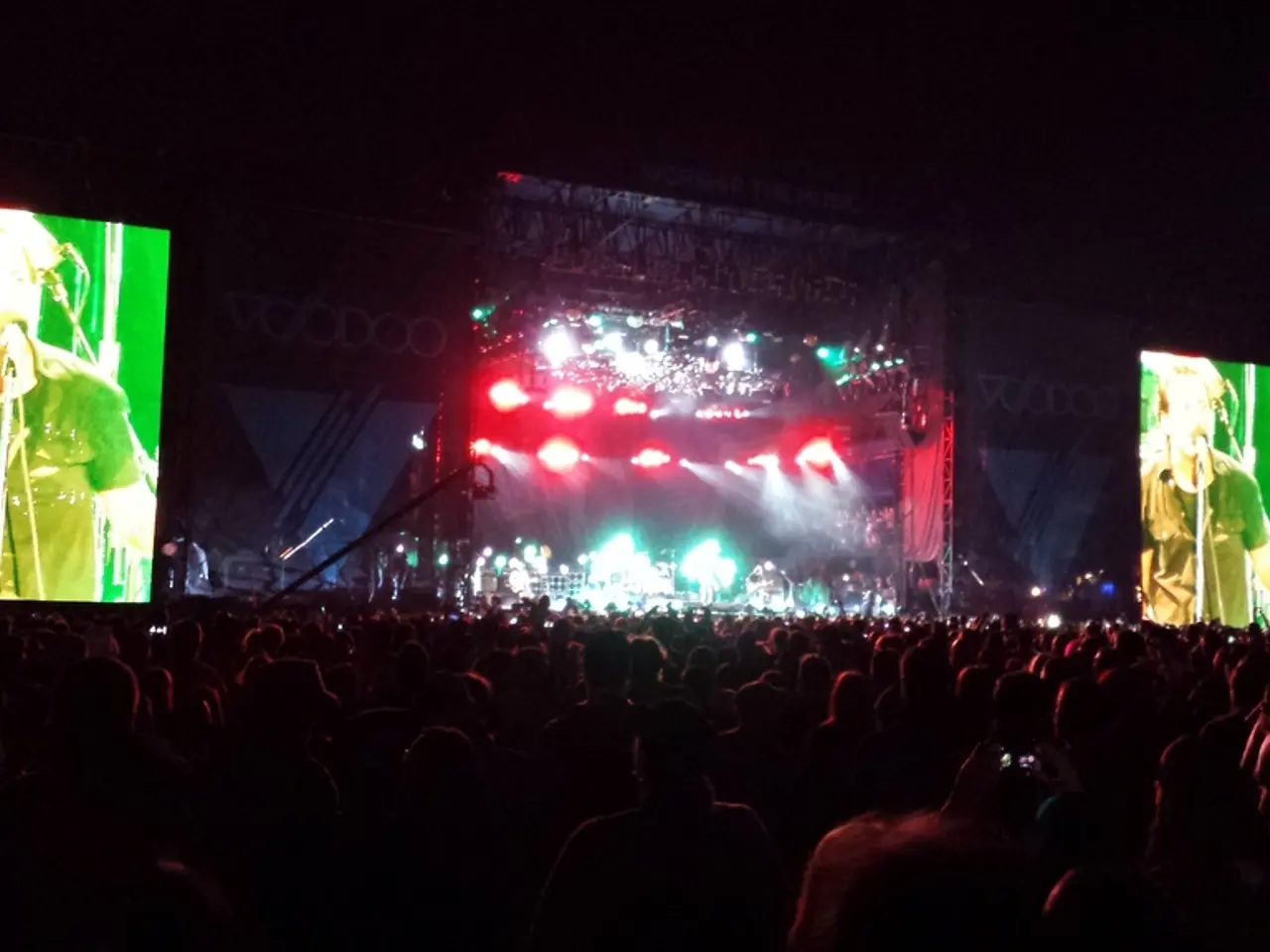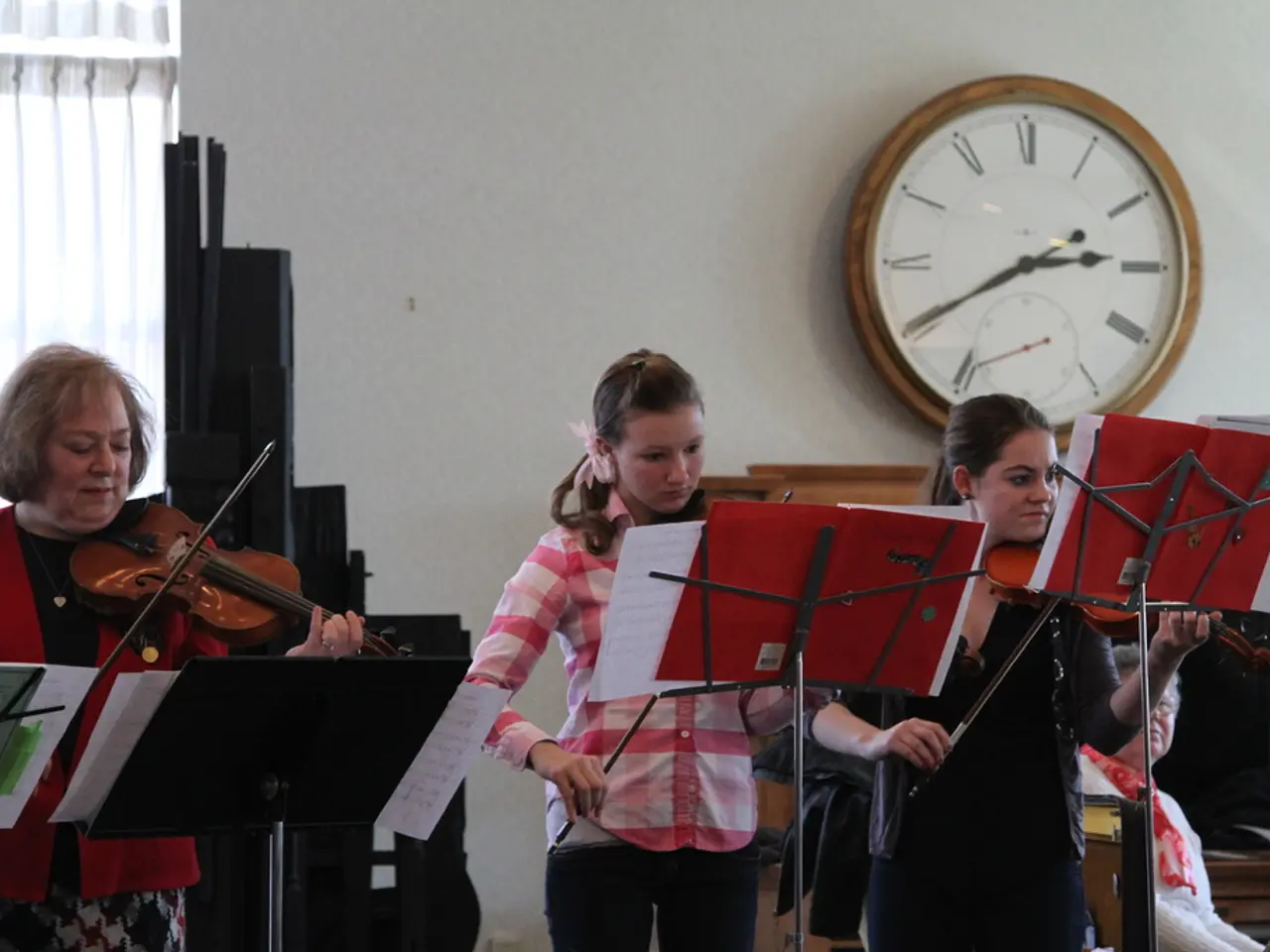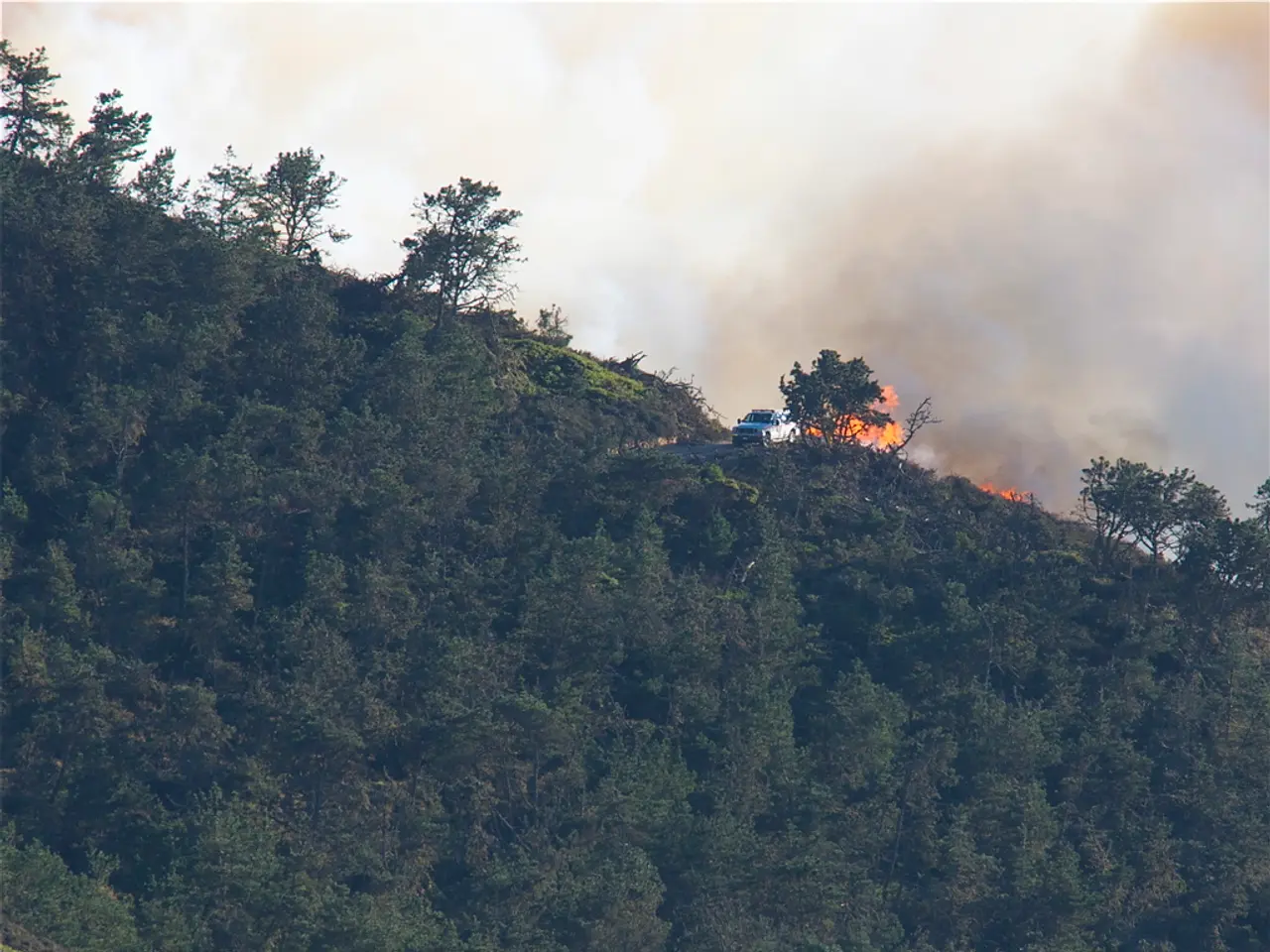Strategies for Enhancing Political Impact through Pinterest
Pinterest, a visual discovery platform, has emerged as a valuable tool for political leaders seeking to engage constituents, share information, and build a strong visual brand. Here's how political leaders can leverage Pinterest for effective campaigning and community engagement.
Creating targeted, policy-focused content boards
Political leaders should develop Pinterest boards that visually represent their core campaign themes, policy priorities, and community initiatives. This helps followers engage with the candidate’s platform in an inspiring and easily shareable format.
Leveraging Pinterest’s AI and personalization features
Pinterest's advanced AI-driven visual search and product discovery enhance content relevance to users based on past activity. Campaigns can use this to tailor pins to distinct audience segments, increasing visibility and engagement.
Amplifying community stories and calls to action
Like nonprofit strategies, candidates should post about committed supporters, volunteers, and endorsements, encouraging user interaction through comments, repins, and sharing event registration or volunteer signup links.
Integrating Pinterest within broader digital outreach and paid campaigns
As part of a comprehensive social media strategy alongside Facebook, TikTok, and Instagram, Pinterest can complement outreach efforts by reinforcing brand recognition and message consistency. Paid campaigns with geo-targeting and interest segmentation can also be layered to amplify reach efficiently.
Aligning pins with timely and local issues
Utilizing current events and localized campaign messages as pin themes can raise awareness and prompt grassroots involvement, as recommended in effective nonprofit marketing practices.
Driving traffic and tracking performance
Each pin on Pinterest includes a link, allowing politicians to direct users to detailed policy pages, sign-up forms, or donation portals. Pinterest can be used to drive traffic to a political leader's website or blog, and its native analytics provide insights into audience interests, top-performing pins, and engagement trends.
Repurposing content and collaborating with other leaders
Content shared on Pinterest can be repurposed from Instagram, YouTube, or blog content, extending its shelf life and visibility. Collaborating with other leaders on joint boards can help build relationships and share ideas.
Building a strong visual brand and engaging voters
Pinterest emphasizes evergreen visual content, has a higher female user base, and is driven by search behavior rather than real-time interaction. Political leaders should maintain consistent visuals, using campaign colors and fonts, optimizing pin titles and descriptions, and designing content for mobile viewing to build a strong visual brand.
Engaging with constituents on a personal level
Pinterest can be used to post updates about a political leader's work and connect with followers on a personal level. Sharing photos and ideas about issues that are important to them can help political leaders connect with voters on a deeper level.
Hosting online discussions and Q&A sessions
Pinterest can be used to host online chats or discussions with constituents about topics of interest. This provides an opportunity for political leaders to engage with their followers in a more interactive and personal manner.
Promoting events and fundraising
Pinterest can be used to promote upcoming events or rallies, which can help increase voter turnout. Additionally, Pinterest can be used for fundraising purposes, allowing political leaders to direct users to donation portals.
Understanding the platform and staying informed
Pinterest can be used to understand how the platform works and what types of pins are popular. This knowledge can help political leaders tailor their content strategy to maximize engagement and mobilization.
In summary, political leaders should view Pinterest as a platform for rich, personalized visual storytelling and community-building, integrated within a broader multichannel digital campaign strategy, to effectively engage voters and encourage active participation.
- Political leaders can create targeted, policy-focused content boards on Pinterest to represent their campaign themes, policy priorities, and community initiatives.
- Pinterest's AI and personalization features can be leveraged to tailor pins to distinct audience segments, enhancing visibility and engagement.
- Candidates should post community stories, calls to action, and updates about their work on Pinterest to encourage user interaction.
- Pinterest should be integrated within broader digital outreach and paid campaigns, reinforcing brand recognition and message consistency.
- Utilizing current events and localized campaign messages as pin themes can raise awareness and prompt grassroots involvement on Pinterest.
- Pinterest can drive traffic to a political leader's website or blog, and its analytics provide insights into audience interests, top-performing pins, and engagement trends, helping in tracking performance.
Additionally, political leaders can repurpose content from Instagram, YouTube, or blogs, collaborate with other leaders, engage with constituents on a personal level, host online discussions and Q&A sessions, promote events and fundraising, and understand the platform and stay informed about its trends for effective campaigning and community engagement.








